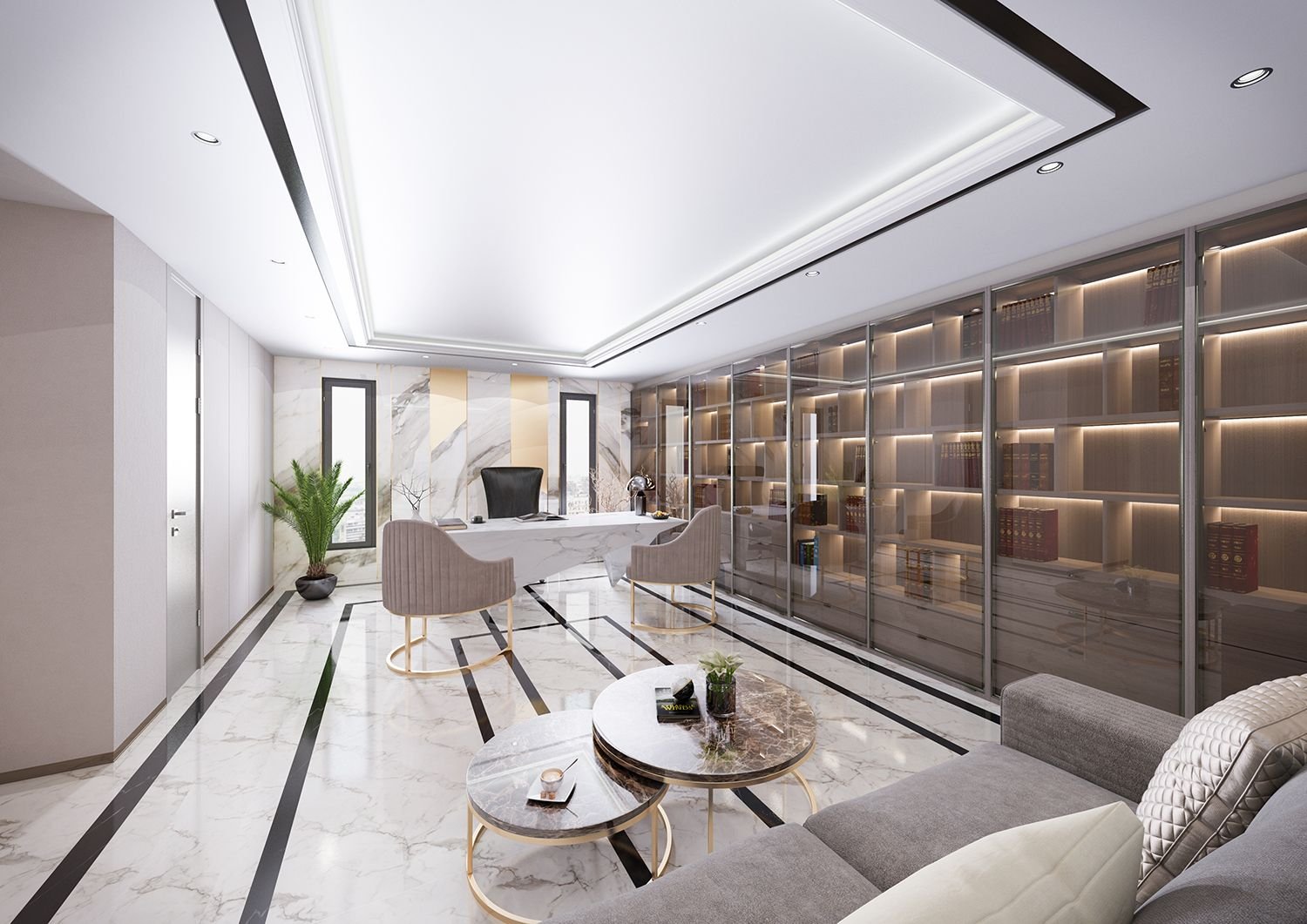Marble has long been associated with luxury, elegance, and timeless beauty. From ancient palaces to modern architectural masterpieces, marble flooring continues to stand as a hallmark of opulence. But as homeowners and commercial developers seek materials that are both visually stunning and structurally reliable, the question arises—does marble flooring offer style without sacrificing strength? The short answer is yes. When sourced from a trusted Marble Supplier in India, marble offers not just aesthetic appeal, but also durability that withstands the test of time.
Understanding the Appeal of Marble Flooring
Marble’s popularity isn’t accidental. Its rich veining, distinctive colors, and reflective surface give it a unique charm. It seamlessly fits in a range of design styles—from classical to contemporary—adding visual depth and grandeur to interiors. However, the aesthetic value of marble goes hand-in-hand with its performance attributes, which are often underestimated.
Unlike synthetic tiles or engineered flooring options, natural marble brings authenticity to spaces. Its formation over millions of years makes every slab unique. These natural characteristics are not just pleasing to the eye but also suggest a material born from pressure, making it inherently strong.
The Strength Factor: What Makes Marble Resilient?
Strength in flooring refers to its ability to resist wear, pressure, and impact over time. Marble performs well in these areas due to its geological composition—mostly calcium carbonate—that crystallizes under extreme pressure. This process gives marble its compact and solid structure.
Proper installation and sealing techniques significantly enhance marble’s longevity. Once laid and finished correctly, it can endure heavy foot traffic, resist cracking under pressure, and maintain its structural integrity for decades.
Comparing Marble to Other Natural Stones
While marble is prized for its beauty, some hesitate to choose it due to concerns about maintenance or strength compared to other stones. For instance, granite is often regarded as more robust in terms of scratch and stain resistance. But in residential and many commercial applications, the strength of marble is more than adequate. Additionally, modern sealing techniques and maintenance protocols have minimized the historical concerns regarding marble’s susceptibility to stains or etching.
For applications where extra toughness is needed—such as industrial or high-use outdoor areas—consulting a reliable Granite supplier in India may be advisable. However, for most interiors, marble balances beauty and strength in a way few materials can.
Advantages of Marble Flooring That Go Beyond Looks
• Long-Lasting Durability:
When maintained correctly, marble floors can last for generations. Homes with original marble floors from the 19th and 20th centuries still showcase their elegance today.
• Hypoallergenic Surface:
Marble does not harbor allergens like dust, dander, or pollen. This makes it an ideal flooring option for individuals with allergies or respiratory sensitivities.
• Natural Coolness:
Marble maintains a naturally cool temperature, making it a great flooring choice in hot climates. Its thermal properties also contribute to energy efficiency in homes.
• Adds Real Estate Value:
Marble is a premium material. Homes and commercial properties with marble flooring often enjoy higher valuation due to the luxury connotation and timeless design appeal.
Factors That Enhance the Performance of Marble Flooring
Even though marble is strong, its performance can be optimized with the following considerations:
• Sealant Application:
A high-quality sealant protects marble from moisture and staining, especially in kitchens, bathrooms, and entryways.
• Professional Installation:
Improper installation can lead to cracks or uneven surfaces. Hiring experienced professionals ensures stability and precision.
• Regular Maintenance:
Periodic polishing and cleaning with pH-neutral solutions maintain marble’s sheen and prevent surface dulling.
• Choosing the Right Grade and Finish:
Different grades and finishes offer varied performance. For example, honed finishes are better for slip resistance, while polished finishes are ideal for visual impact.
Common Misconceptions About Marble’s Fragility
One of the most enduring myths about marble is that it is too delicate for high-traffic areas. This belief stems largely from misuse or improper maintenance rather than the material’s inherent properties. Unsealed or poorly maintained marble can become vulnerable to scratches or etching, but these issues are easily avoidable.
Another misconception is that marble turns yellow over time. This typically happens when acidic cleaners or low-quality sealants are used. Choosing the right maintenance products is key to preserving its appearance.
Best Practices for Marble Flooring Longevity
To keep marble looking and performing its best for years, consider these best practices:
- Use rugs or mats in high-traffic areas to minimize direct contact and debris.
- Clean spills immediately to avoid etching or staining, especially from acidic substances like vinegar or citrus juices.
- Apply a fresh sealant every 12 to 18 months, depending on the level of use.
- Use soft pads on furniture legs to prevent scratching.
Conclusion: A Smart Choice for Both Form and Function
Marble flooring undeniably offers a rare blend of beauty and strength. When sourced from reputable suppliers and maintained with care, it becomes a long-term investment that enhances the value and aesthetic of any space. While it may not be as indestructible as some other stones, its combination of durability, elegance, and natural charm makes it a top choice for discerning property owners.
Choosing marble isn’t just about style—it’s about making a well-informed, resilient design decision. In the hands of the right professionals and with access to premium materials, marble flooring proves that you truly can have the best of both worlds.




